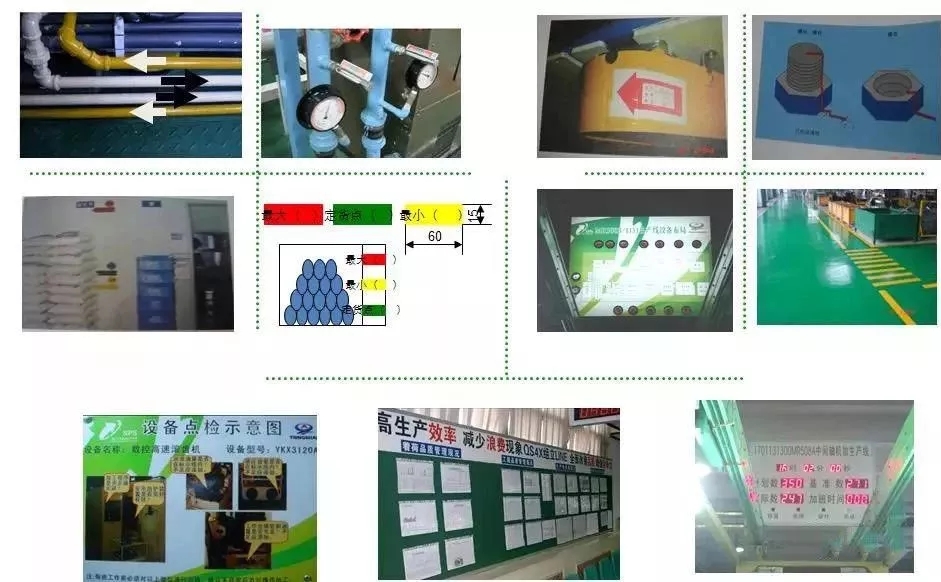Contacts:Mr. Zhang
Mobile phone:+86 13824364746
Telephone:0752-6321068
Email:526986439@qq.com
Address: Limei Industrial Park, Jintang Industrial Zone, Huzhen Town, BOLUO County, Huizhou City, Guangdong Province
Physical and chemical methods for inhibiting oxygen polymerization inhibition
Website editor:Wraio │ Time of publication:2020-07-30
Oxygen polymerization inhibition has always been a problem in UV curing
●When UV curing is carried out in air, the presence of oxygen inhibition often leads to the situation that the bottom layer of the coating is cured, but the surface is not cured and sticky.
●Oxygen polymerization inhibition can eventually lead to a large number of hydroxyl, carbonyl, peroxide and other oxidative structures on the surface of the coating, which will affect the long-term stability of the coating, and even affect the hardness, gloss and scratch resistance of the cured film.

Why does oxygen inhibition occur?
●The ground state of general matter is singlet state, while the stable state of O2 is trilinear state with two unpaired electrons with the same spin direction. Therefore, it will compete with the polymerization of free radicals and consume free radicals.
●Because most of the UV curing processes are carried out in the air environment, and the main applications are coatings and inks with large surface area / volume ratio, the inhibition effect of O2 on free radical polymerization of UV curing materials can not be ignored.
●When the film thickness is thin, the oxygen concentration in the system is usually about 2 × 10-3 mol / L. Not only the dissolved oxygen molecules in the formulation system hinder polymerization, but also the oxygen in the air on the coating surface can rapidly diffuse into the cured coating during the photoinitiation process with the consumption of oxygen molecules in the curing system. The concentration of dissolved oxygen in the system is very low and is easy to be consumed.
●For the closed system, the process of primary active radicals consuming dissolved oxygen is almost equal to the induction period of polymerization. Relatively speaking, the main reason that hinders the polymerization is the oxygen from the outside to the inside of the coating. Oxygen inhibition is also most likely to occur in the shallow layer of the coating or in the entire thin coating, because oxygen molecules in the environment are more easily diffused in these areas.
Existing methods for inhibiting oxygen polymerization inhibition
●Physical methods: inert gas protection, floating wax, film covering, strong light irradiation, step-by-step irradiation
●Chemical method: adding the substances that provide active hydrogen - mercaptan, amine, ether acrylate (acrylate can be integrated with the coating to prevent surface cracking, and also can reduce odor); under the same conditions, providing hydrogen atom capacity: mercaptans > amines > ethers Take amine as an example, the reaction mechanism is as follows: there are six active hydrogen on the amine, and six oxygen can be consumed.
In the process of UV curing, especially low film thickness coating, it is very important to improve the performance of the coating. Therefore, runao chemical has developed related products in terms of chemical methods for inhibiting oxygen polymerization inhibition.
A series of experimental results on these methods show that: 1
1. No matter the curing energy is high or low, as long as the acrylate modified by mercaptan, ammonia or ether can improve the surface reactivity;
2. The surface reactivity increased with the increase of modified acrylate concentration.
3. Sulfhydryl can synergize with polyether acrylate or highly reactive structure;
4. Changing the formulation or thickness of the coating can also provide surface reactivity. Reduce the distance of low energy irradiation to the substrate to prevent the surface curing from being destroyed.
Two kinds of UV resins that can effectively overcome oxygen polymerization inhibition
Mercaptan products fsp7814. At 365nm, 120mj / cm? Can be surface dried, while at 395nm, 150mj / cm? Can be surface dried, with high reaction activity and fast curing speed. Good tenacity, excellent toughness also makes it meet the requirements of bending resistance test. It has good boiling resistance and the adhesion does not decrease after boiling for one hour. Good adhesion to conventional plastic substrate, thermoplastic primer, bamboo and wood substrate has excellent adhesion.
Two functional polyether amine modified acrylate lucure5186. It has excellent anti oxygen and anti polymerization effect. Even in the 395nm band which is difficult to surface dry, the energy of 500 MJ / cm ~ 2 can be completely dried; the curing speed is fast, and under the traditional mercury lamp light source, only about 70 MJ / cm ~ 2 of energy can be used for surface drying; at the same time, the yellowing resistance is good, and the initial yellowing △ B is about 1.9, and it will be further yellowing within a few hours, which will obviously further yellowing resistance of the formula It has good toughness, can be folded 180 ° on PET film for many times, and the film will not crack; it has low odor, which can meet the needs of different applications such as clean taste paint and ink.
- What preparations should enterprises make in the face of VOCs special inspection?2020-06-20
- Printing and packaging enterprises to see, the second batch of industrial products green design demonstration enterprises began to declare!2020-06-05
- In the post epidemic era, there are four inevitable trends in the field of packaging2020-05-19
- Under the new normal of epidemic prevention, is the printing and packaging industry "flying with wings" or "dancing with epidemic diseases"?2020-05-15
- Food label printing process easy to produce problems? One of these four links must be controlled2020-08-25
- Production workshop abnormal frequent occurrence, management to do so effectively, you do the right?2020-07-31
- Physical and chemical methods for inhibiting oxygen polymerization inhibition2020-07-30







